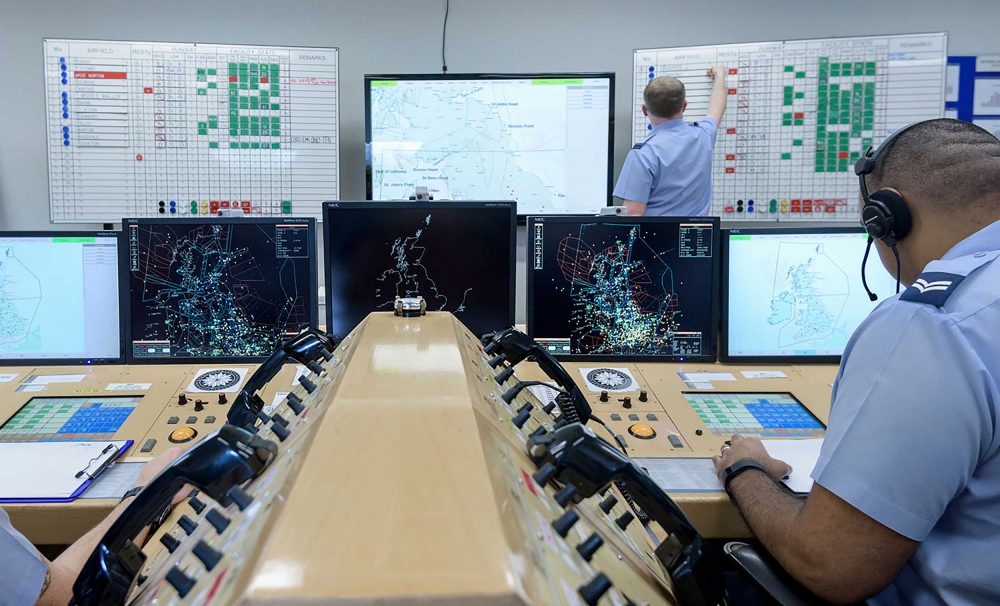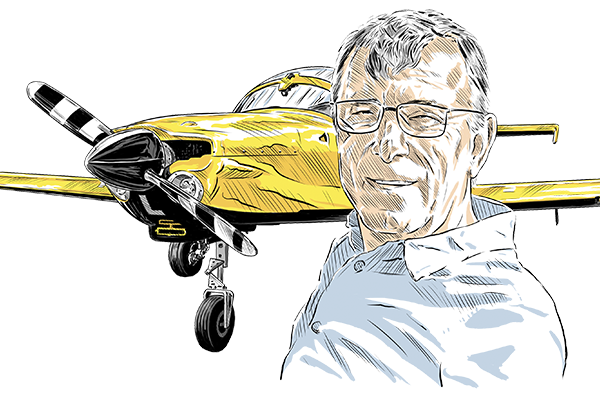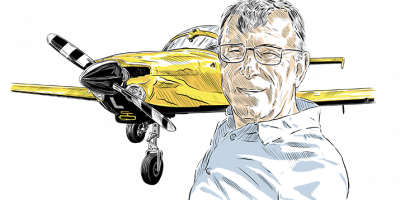Over the last year I’ve covered a number of General Aviation incidents and accidents and offered analysis and advice to pilots on how to handle such issues when confronted with them in the air.
Below is a list comprising advice that I have offered, in a selection of Do’s and Don’ts which pilots may wish to think about.
First of all:
DON’T fly if you don’t feel right: That might mean some physical ailment such as a cold or a bad back, or it might mean that you have just too many distractions in your life to pay full attention to your flying. Mental health is just as important and physical health. Like the sea, aviation is unforgiving to those who ignore or forget the dangers, and the laws of physics are always waiting to trap the unwary.
Before you fly:
DO plan carefully: Even a short trip in a familiar area should be prepared with attention paid to weather, Notams, and airspace. If you are flying in new territory pay particular attention to controlled airspace (CAS). The CAA recommend the so-called ‘Take 2’ strategy with CAS, in which you should plan to remain two miles horizontally and 200ft vertically from CAS. In my view, the vertical limit is not enough, and I would recommend a clearance of 500ft when possible. Check the weight and balance of your aircraft, together with climb performance, from the Pilot’s Operating Handbook.
DON’T plan to fly in unsuitable weather: Devise your own weather limits that you are happy to fly in. Depending on experience that might suggest a cloud-base of 2,000ft and 5km visibility, but you may drop those limits with more experience. Have a wind and crosswind limit as well.
DO control your passengers: Passengers come in all shapes, sizes, and temperaments. Keep them safe by careful management when taking them to and from the aircraft, and reassure them while in the air. Don’t allow them to touch the controls and make sure you have a sick bag accessible!
On take-off:
DO nominate a decision point: Before you take-off, think of a suitable point on the take-off roll, at which point you will reject the take-off if things aren’t right, such as poor acceleration. This point might be a runway intersection or taxiway entrance, or it might be a convenient tree next to the runway! Stop early if you are not happy with the take-off.
Once in the air:
DO monitor and balance your fuel: Fuel awareness is fundamental once in the air. Fuel gauges are unreliable so don’t push yourself into an unpleasant corner. If applicable, change tanks to maintain fuel balance sensibly.
DON’T fly into cloud: If you have no instrument qualifications do not fly into cloud. Don’t ever think that a few hours on MS Flight Sim is any substitute for flying in IMC. Keep your eyes out and turn away from cloud, or descend or climb before you get into cloud.
Don’t let the magenta line on your SkyDemon route drag you into cloud. If ATC direct you toward cloud, tell them that you are unable to accept the heading – and what you can accept. Stay away from cloud and land early if you have to. I cannot be any clearer!






